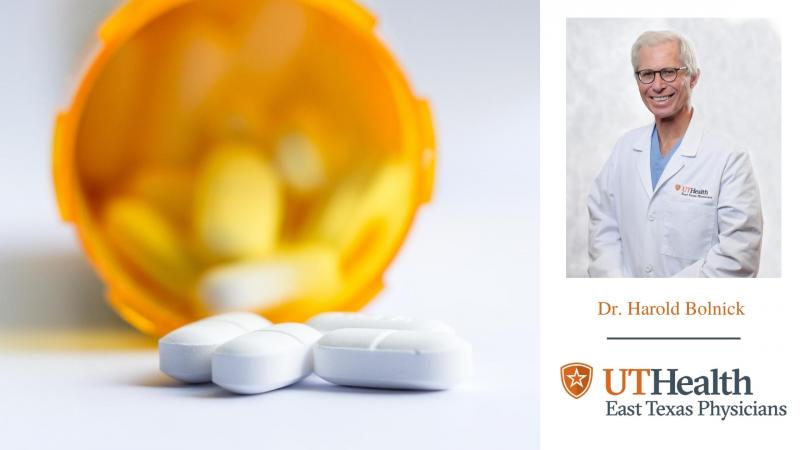
Have you wondered why or when an individual becomes addicted to opioids? Most often the addiction begins with a prescription for an opioid pain reliever.
The ultimate goal of pain management is to regain function and improve the patient’s quality of life with no pain medications. Typically, physicians first meet the patient to evaluate and address the root cause of the problem. Then treatments such as physical therapy and interventional therapy are often used to decrease the pain. Opioids are a last resort when other therapies have failed. However, over time opioids generally become less effective and more addictive.
Often it’s hard to understand how or why people become addicted. Addiction is a chronic disease characterized by compulsive drug seeking and use, despite knowing the consequences. Most drugs affect the brain's "reward circuit," causing it to flood with dopamine and enter a state of euphoria. These reactions can change the way the brain works and can make quitting even harder.
In 2016, more than 11.5 million people reported the misuse of pain medications. As our healthcare systems and government agencies work to reverse the epidemic of opioid overdoses and solve the opioid crisis, it is not enough to focus all our resources on treating people who are already addicted to opioids.
Improved pain management and prescription monitoring help prevent the over-prescription of pain medication. As illicit opioids like heroin and imported fentanyl become more prevalent, reducing the supply of those substances through law enforcement efforts is crucial. But understanding and addressing the initial reason people develop opioid addictions can be just as important to ensuring a new epidemic does not follow once the opioid crisis is contained.
Researchers have learned how drugs effect the brain and now have found treatments to help people recover from addiction. Educating the public from an early age is perhaps the best way to combat the disease.
So, what can you do to prevent opioid misuse?
- Work with your doctor to create a plan on how to manage your pain. Know your options and consider ways to manage your pain that do not include opioids. Make the most informed decision with your doctor, and follow up regularly.
- Always let your doctor know about any side effects or concerns you may have about using opioids.
- Never take prescription opioids in greater amounts or more often than prescribed.
- Avoid taking opioids with alcohol and other substances or medications. It is very dangerous to combine opioids with other drugs, especially those that cause drowsiness.
- Do not share or sell your prescription opioids.
- Store prescription opioids in a secure place, out of reach of others (including children, family, friends and visitors).
- If you have unused prescription opioids at the end of your treatment, find your community drug take-back program or your pharmacy mail-back program, or flush them down the toilet, following guidance from the Food & Drug Administration.
Information provided by Harold Bolnick, MD, a board-certified addictionologist and pain management specialist at UT Health East Texas Pain Management in Tyler. If you are suffering from chronic pain or have questions about your pain prescriptions, call 903-596-3504 to schedule an appointment.

